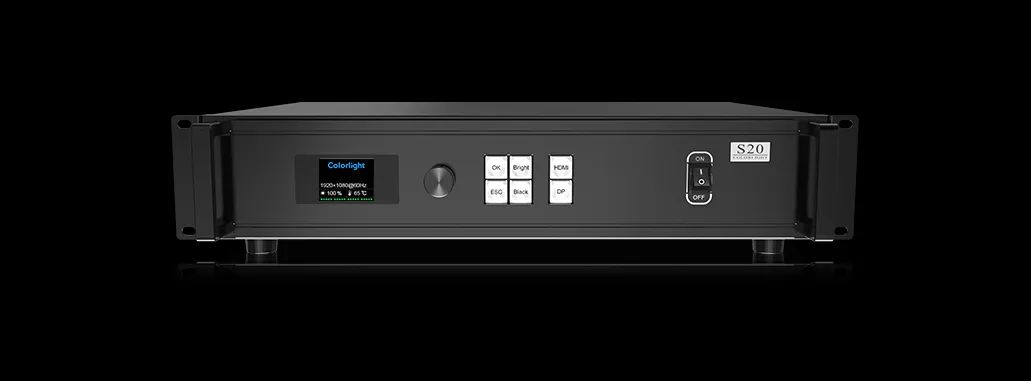In the LED display industry, "Point-to-Point Matching" is a core technical concept that directly impacts image clarity, fidelity, and overall performance. For users, understanding "point-to-point" and mastering its application logic is key to unlocking the optimal performance of LED displays.
1. Definition of "Point-to-Point" in the LED Industry
Simply put, "point-to-point" refers to the one-to-one correspondence between the physical pixels of an LED display and the image pixels of the input signal—meaning the display's pixel resolution perfectly matches the resolution of the input image.
For example: If your LED display has a physical resolution of 1920×1080 (1080P), and the input image signal is also 1920×1080, each pixel of the image will be precisely mapped to each physical pixel of the display. In this case, the image remains free from stretching, compression, or cropping—this is "point-to-point" display.
Conversely, if resolutions mismatch (e.g., a 1920×1080 display receiving a 1280×720 signal), the system will stretch or compress the image to fit the screen, causing pixel information loss, blurriness, or distortion—known as "non-point-to-point" display.
2. Importance of "Point-to-Point" for LED Displays
True Image Restoration Point-to-point display preserves all image details (such as text edges, lines, and color transitions), avoiding blurriness, jagged edges, or color shifts caused by pixel stretching. It is particularly critical for high-precision scenarios like monitoring centers, conference rooms, and advertising screens.
Enhanced Display Efficiency Non-point-to-point display requires additional pixel scaling, which may increase latency or stuttering. Point-to-point display reduces signal processing steps, minimizing delay and ensuring smoother dynamic content (e.g., videos, games).
Extended Device Lifespan Long-term non-point-to-point operation can cause uneven load on some pixels due to excessive stretching or compression, indirectly affecting LED chip longevity. Point-to-point display ensures uniform pixel operation, reducing wear and tear.
3. How to Achieve Point-to-Point Display? 3 Steps to Maximize LED Performance
1. Confirm the Display's Physical Resolution
First, verify your LED display's actual physical resolution (check product specifications or control software). Note: LED display resolution is determined by the number of modules (e.g., 32×16 per module; 10×10 modules create a 320×160 resolution). It is unrelated to screen size and depends solely on pixel density.
2. Match Input Signal Resolution
Adjust the output resolution of input devices (computers, players, cameras, etc.) to match the display's physical resolution:
If the device supports custom resolutions, set it directly to the display's resolution.
If the device has fixed resolutions (e.g., common 1080P, 4K), select the closest specification or use a video processor for adaptation (ensure the processor supports point-to-point mapping).

3. Optimize Control System Parameters
Calibrate via the LED display's control software (e.g., Novastar, Colorlight,and other brand-specific tools):
Enable "point-to-point display" mode (sometimes called "native resolution output").
Check for pixel mapping offsets; use "pixel correction" to adjust if misalignment occurs, ensuring no image shifts or overlaps.